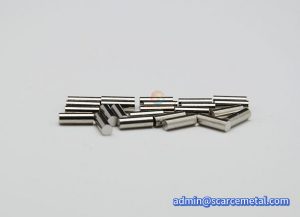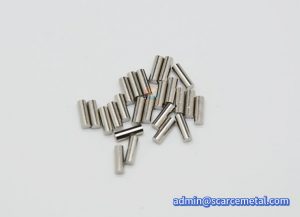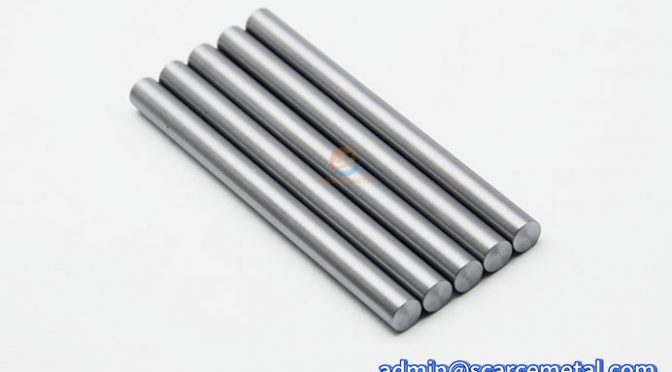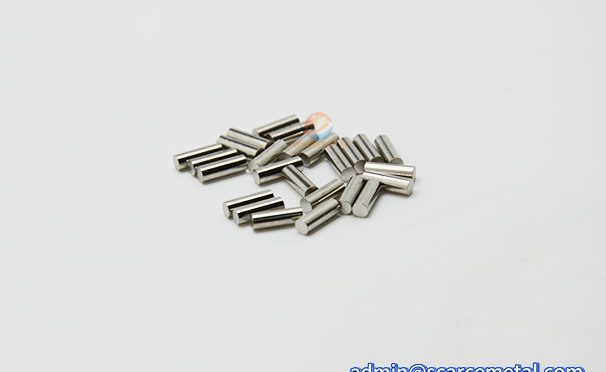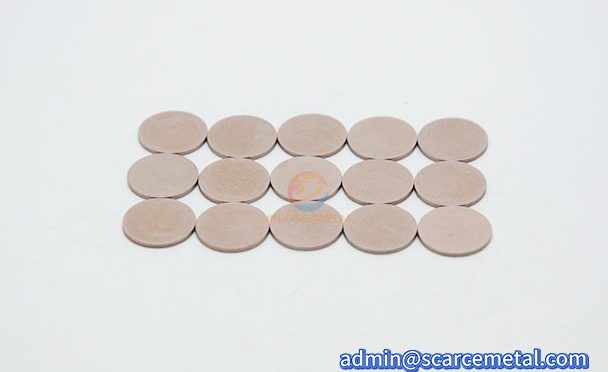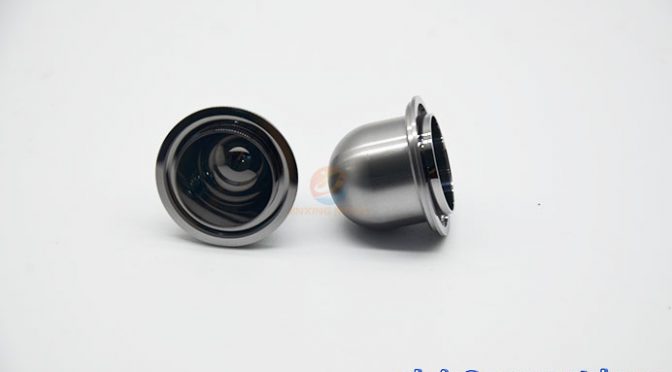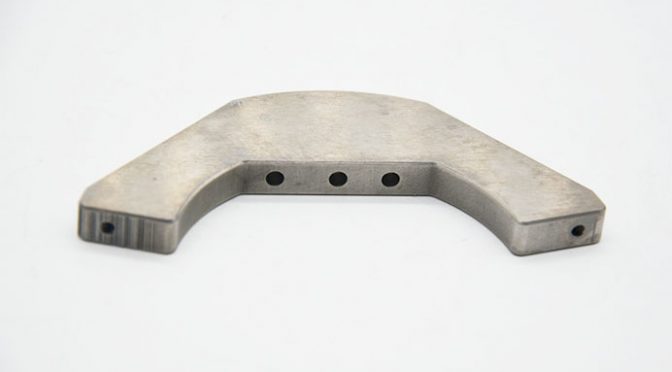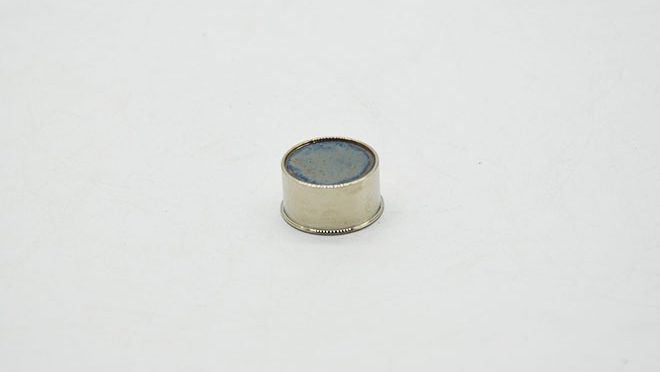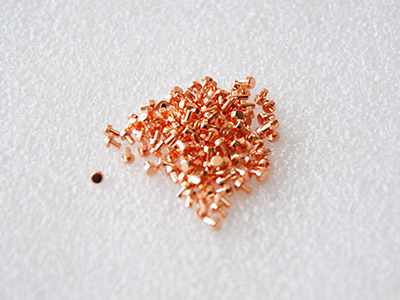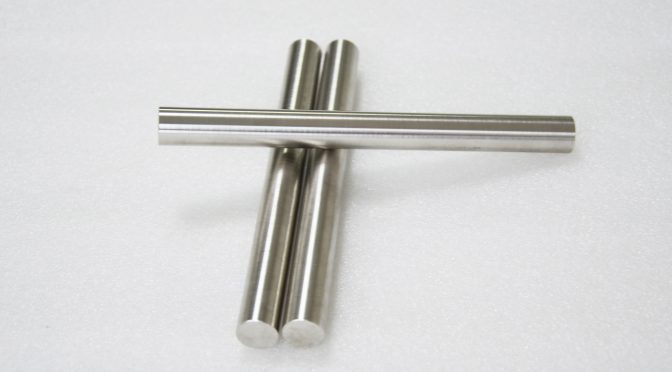Platinum Iridium Rod PtIr30
Overview
Platinum Iridium Rods are a cylindrical alloy of platinum and iridium (70% platinum to 30% iridium), belonging to the platinum group metal alloys. It inherits the excellent properties of platinum while enhancing hardness and wear resistance, with wear resistance increased by over 50% compared to pure platinum. Due to its excellent chemical stability, corrosion resistance, and high-temperature oxidation resistance, Platinum Iridium 30 alloy maintains stable performance even in harsh environments. It is widely used in the manufacture of precision instruments, such as thermocouple temperature measuring elements (with an operating temperature range of -200°C to 2454°C), high-temperature furnace resistance wire, and medical implants.
Pt-30ir Benefits
- The alloy can achieve a hardness of HV 300-350 (Vickers hardness), 2-3 times that of pure platinum. It maintains excellent tensile strength and creep resistance at room temperature and at moderate to high temperatures (≤600°C).
- It also exhibits exceptional chemical stability, being insoluble in strong oxidizing acids such as aqua regia, sulfuric acid, and nitric acid, and unreactive with strong bases or molten salts.
- Iridium has a melting point of 2443°C (platinum melts at 1772°C). Although its melting point after alloying is slightly lower than that of pure iridium (approximately 1850°C), it still possesses high-temperature resistance far exceeding that of pure platinum.
- It also exhibits excellent processability, allowing it to be formed into thin sheets or filaments through cold working, as well as complex shapes through precision casting and electro-discharge machining (EDM).
- As a precious metal alloy, it is non-toxic and non-allergenic. It does not release ions in human body fluids (such as blood and interstitial fluid), reducing bacterial adhesion and the risk of infection after implantation.
Application
- Aerospace: Platinum Iridium Rod is used in the manufacture of key components such as aircraft engine ignition contacts, potentiometers, conductive rings, and brushes for precision sensors, ensuring reliability and stability in extreme environments.
- Medical: Platinum Iridium Bar is used in the manufacture of long-term implantable medical devices, such as pacemaker electrodes, cochlear implant conductive components, precision screws for orthopedic surgery, and radioactive particle therapy devices.
- Industrial Electrodes: Used as a corrosion-resistant electrode material in the chlor-alkali electrolysis industry, as well as in electrochemical cells and electroplating processes.
- Precision Instruments: Used in the manufacture of scientific, experimental, and metrological equipment, such as high-precision balances, standard resistors, and high-temperature thermocouples, ensuring measurement accuracy and long-term stability.
- Jewelry: Due to its unique luster and excellent physical properties, it is also used in the manufacture of high-end jewelry.
PtIr30 Dimension
|
Material |
Pt70/Ir30 |
|
Diameter |
2.3mm |
|
Length |
10mm |
|
Density |
20.49g/cm3 |
|
Shape |
Straight |
|
Tensile Strength |
230-540Mpa |
|
Delivery Time |
15-20 days |
|
Surface |
Black, Alkaline Cleaning, Polishing, Bright |
|
Standard |
ASTM, GB |
|
Certification |
ISO 9001 |
Platinum Iridium Rod PtIr30 Process
① Platinum ingots with a purity of ≥99.95% and iridium powder are used as raw materials, in a ratio of 7:3. The iridium powder must be screened to ensure uniform mixing.
② Arc melting or induction melting is used to melt the raw materials and thoroughly mix them under a protective atmosphere to prevent oxidation and volatilization losses.
③ The molten alloy is poured into a mold for cold isostatic pressing to form round bar blanks.
④ The as-cast bar undergoes high-temperature annealing to eliminate internal stress and improve microstructure uniformity.
⑤ High-precision CNC machine tools are used to turn, grind, and polish the bar to achieve high dimensional accuracy and surface finish.
⑥ The processed round bar undergoes chemical composition analysis, mechanical property testing, metallographic structure observation, and non-destructive testing to ensure product quality and reliability.
Pictures
